The story behind Bugatti's iconic horseshoe-shaped grille is actually fascinating
- Bugatti adopted the oval-shaped grille design nearly a century ago
- The design was slightly changed through the years, resulting in the horseshoe-style grille of today
- It may be surprising, but the design has nothing to do with horses
Published on Apr 11, 2024 at 6:48 PM (UTC+4)
by Alessandro Renesis
Last updated on Apr 15, 2024 at 7:02 PM (UTC+4)
Edited by
Tom Wood
Bugatti supercars feature one of the most recognizable and iconic front grilles in the business.
A horseshoe-shaped, broad grille can be found on the hood of any modern Bugatti, and most vintage ones, too.
However, despite the nickname and the shape, the grille doesn’t come from the world of horses.
In fact, it has entirely different origins.
READ MORE: How much do you really know about Bugatti?
The front grille is an important component of the car, and its importance goes well beyond its technical advantages.
The very fact that most electric cars still have one, even though in theory they don’t even need it, proves it.
An iconic front grille is a huge selling point, it’s also like free marketing.
Some grilles are so immediately recognizable that you can just remove or cover the logo and still know what car it is, without a doubt.
The Bugatti ‘horseshoe’ grille, which can be found on the hood of all modern Bugattis including the Centodieci and the Divo, certainly falls under this particular category.
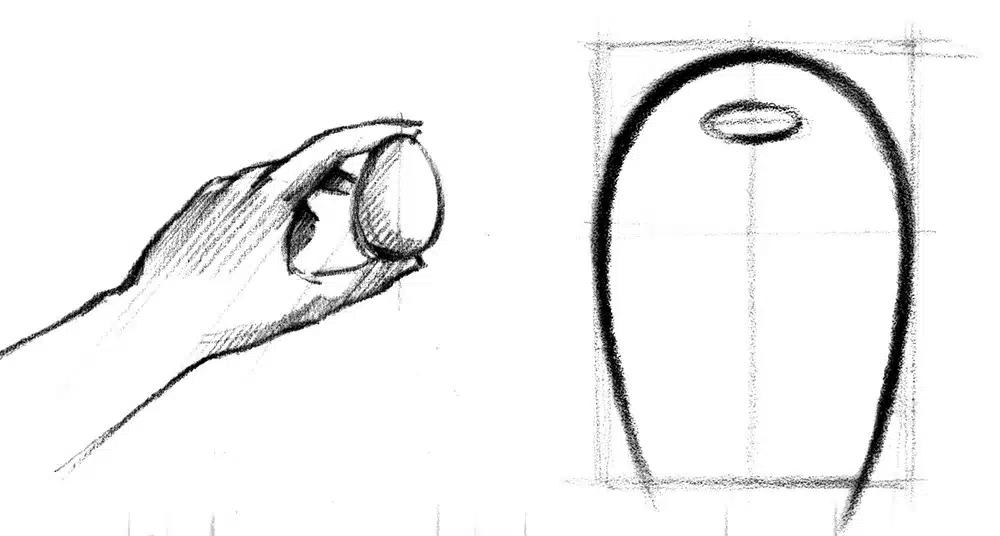
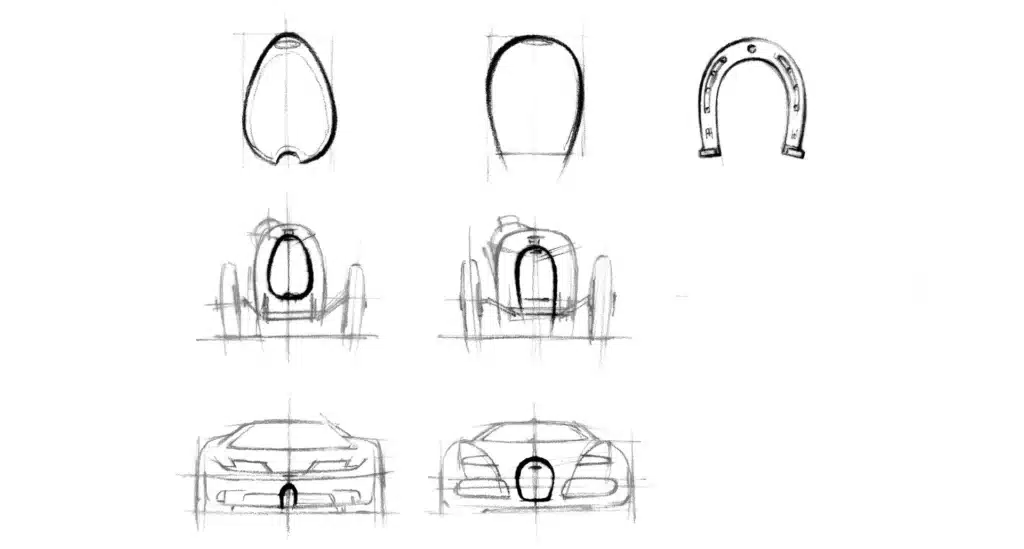
And yet, despite the fact that it’s commonly referred to as a ‘horseshoe’ grille, it has nothing to do with horses.
This is despite Ettore Bugatti’s well-documented passion for horses.
The founder of Bugatti would regularly breed and ride thoroughbreds.
At one point, he even designed a special harness to allow horses to open doors with their mouths, because that meant he could freely wander around the headquarters in Molsheim on horseback.
However, Bugatti’s signature grille has a totally different origin.
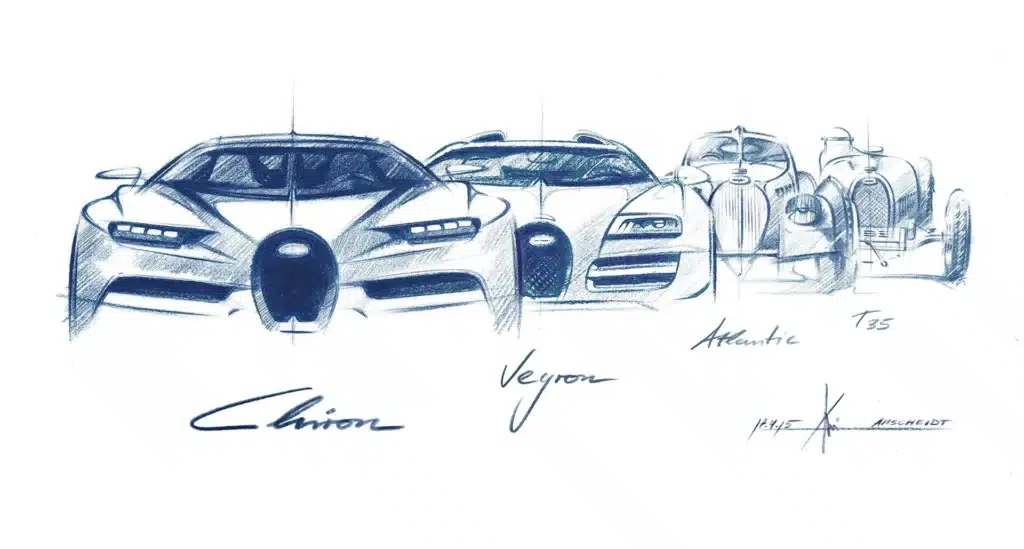
Ettore Bugatti’s father, Carlo, was a furniture maker and he would often use eggs as a theme, or sometimes an inspiration, for his pieces.
As a tribute to his dad’s work, Ettore fitted the 1912 Bugatti Type 13 (below, left) with an oval-shaped grille, which was then altered starting with the Type 35 and the Royale Roadster (below, right).
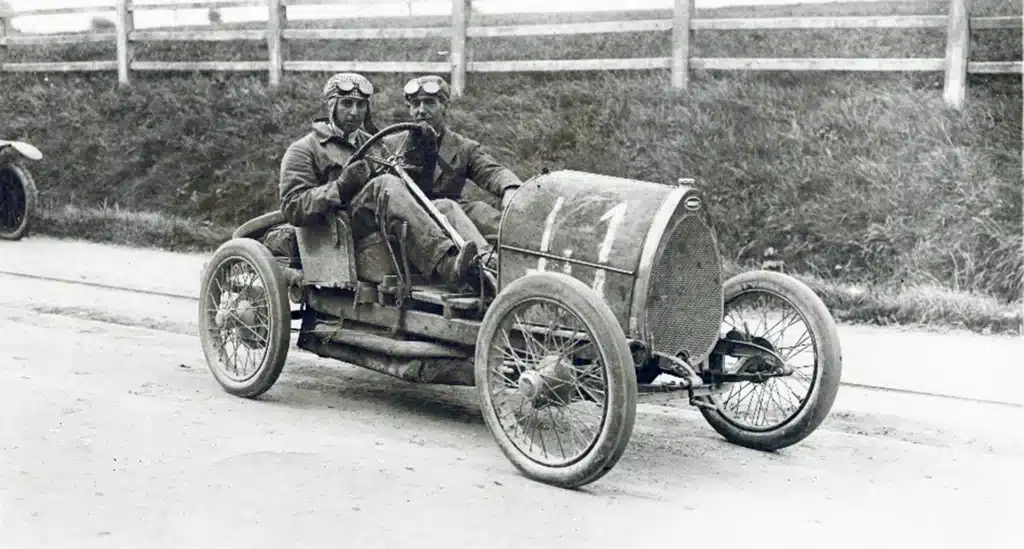
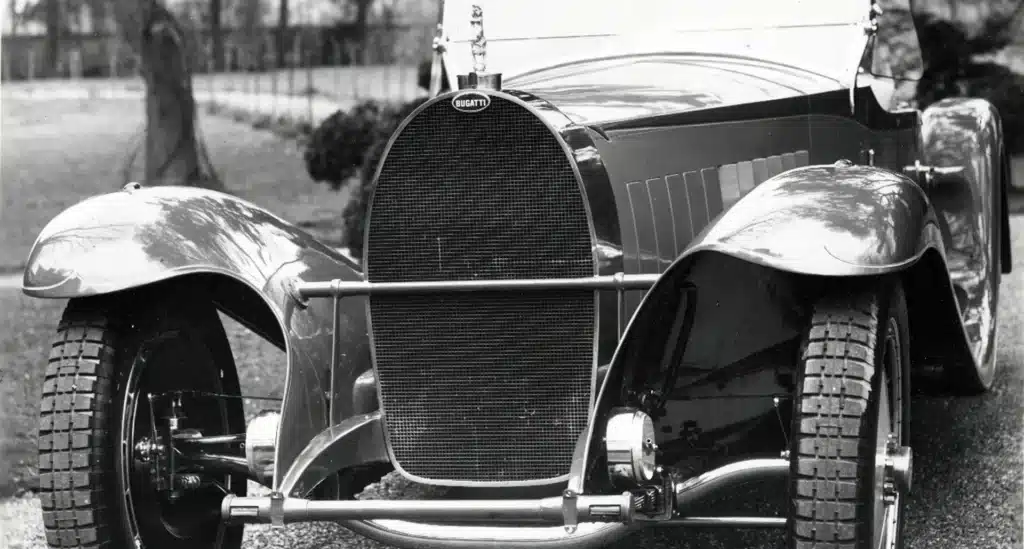
Through the years, the grille changed several times.
With the Type 35, the company adopted a new design with a flattened bottom edge for better aerodynamics.
From that point on, proportion and size varied, but the overall shape never did.
So at this point, we’re fairly certain this won’t change with the upcoming V16-powered Bugatti Chiron successor.
After all, why would you change something that makes the cars that little bit more iconic and recognisable?
If it ain’t broke, don’t fix it.
DISCOVER SBX CARS: The global premium car auction platform powered by Supercar Blondie




